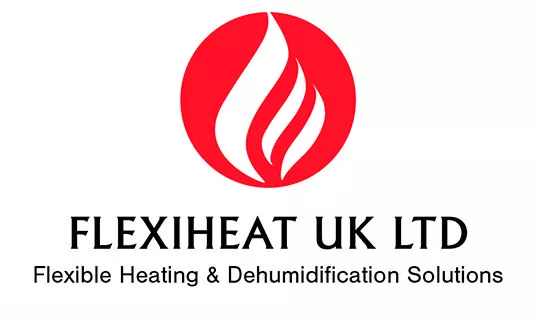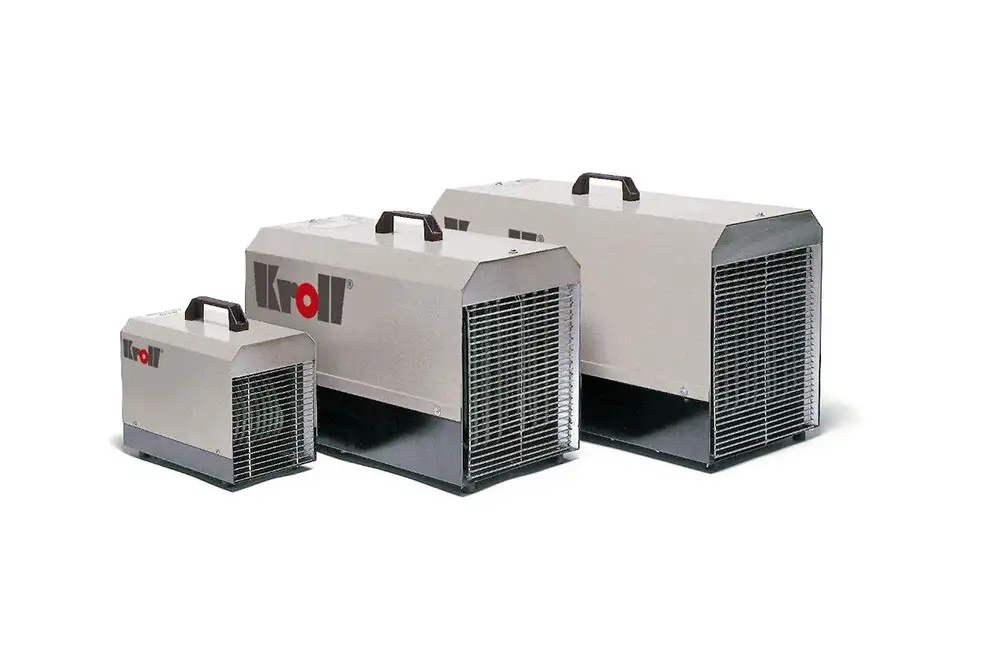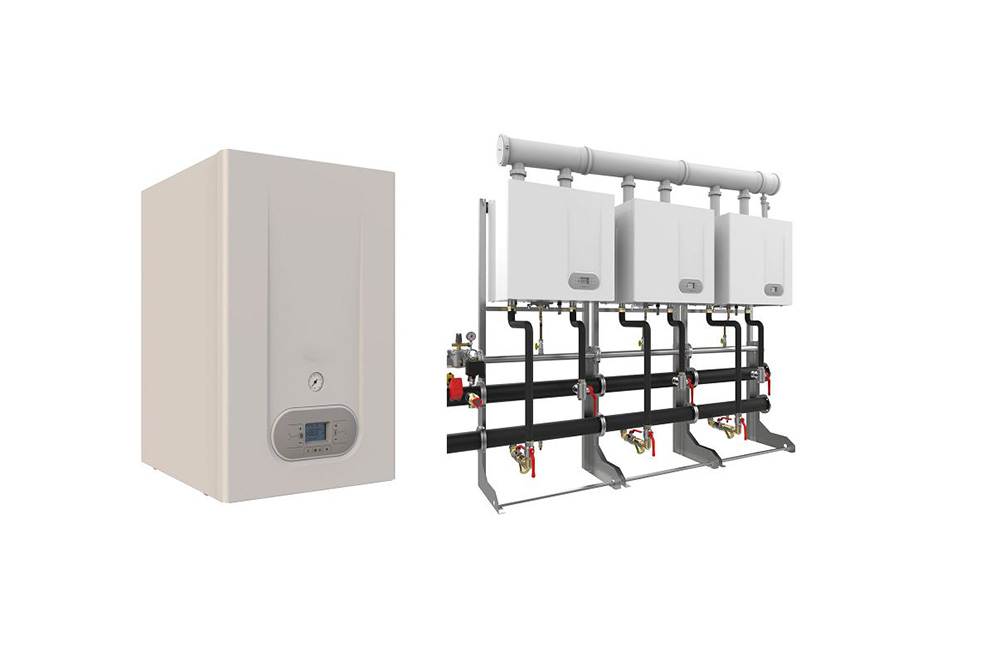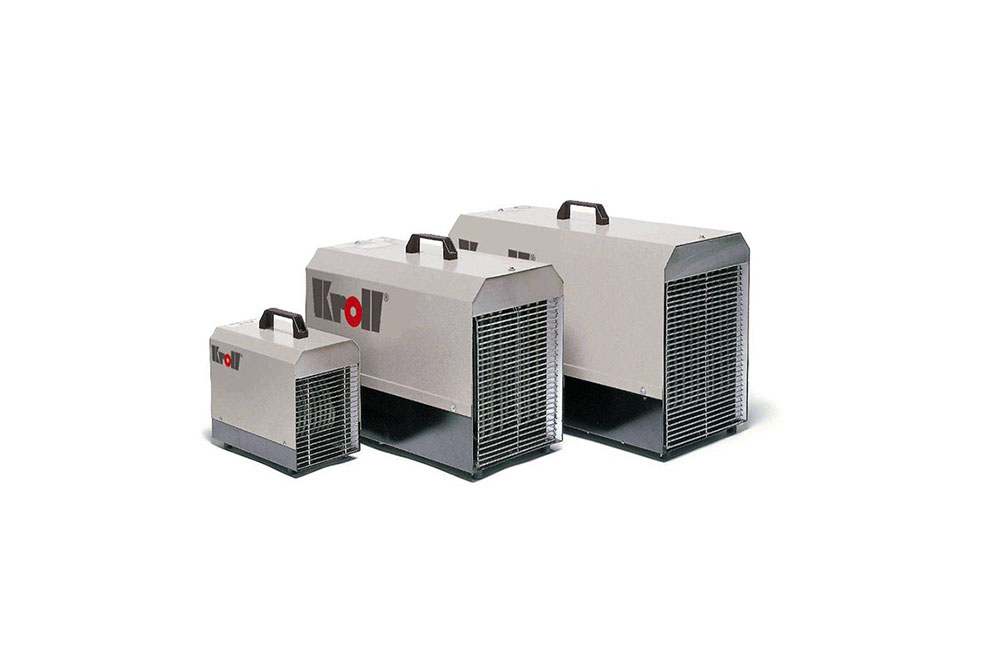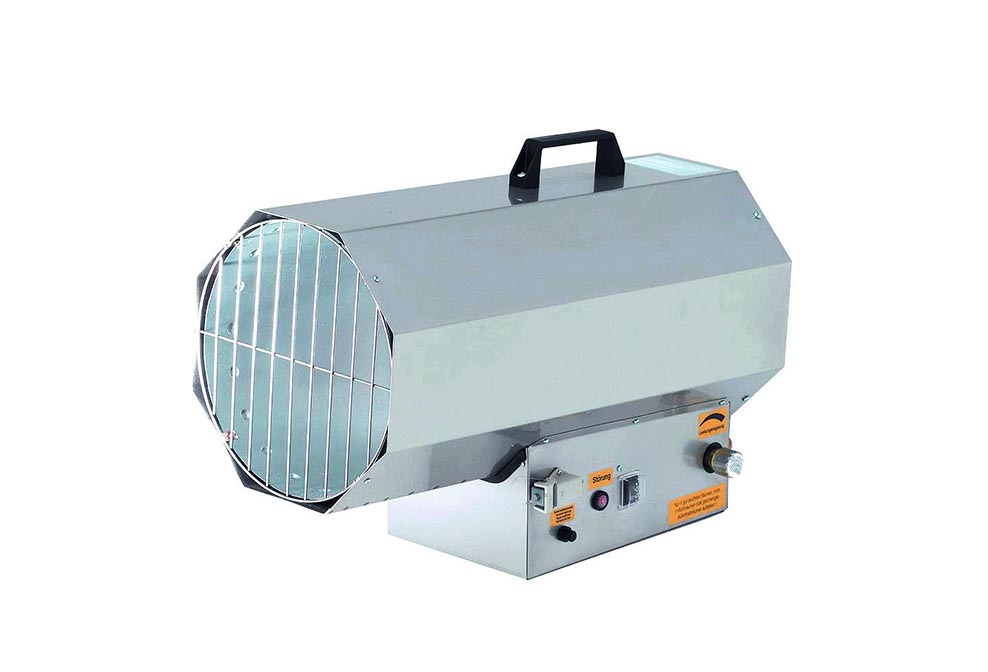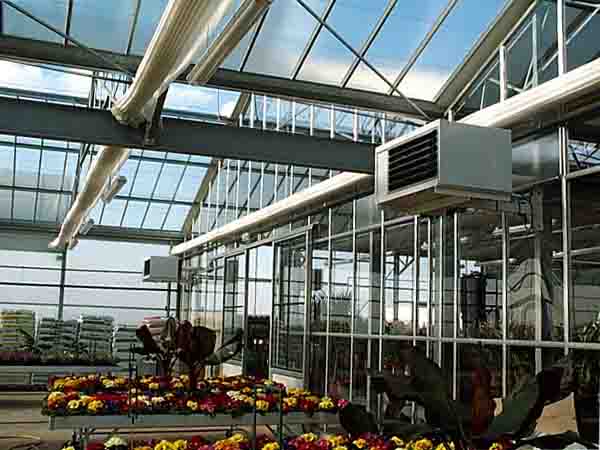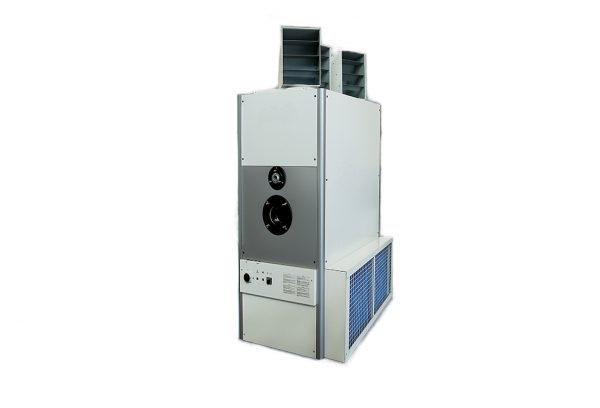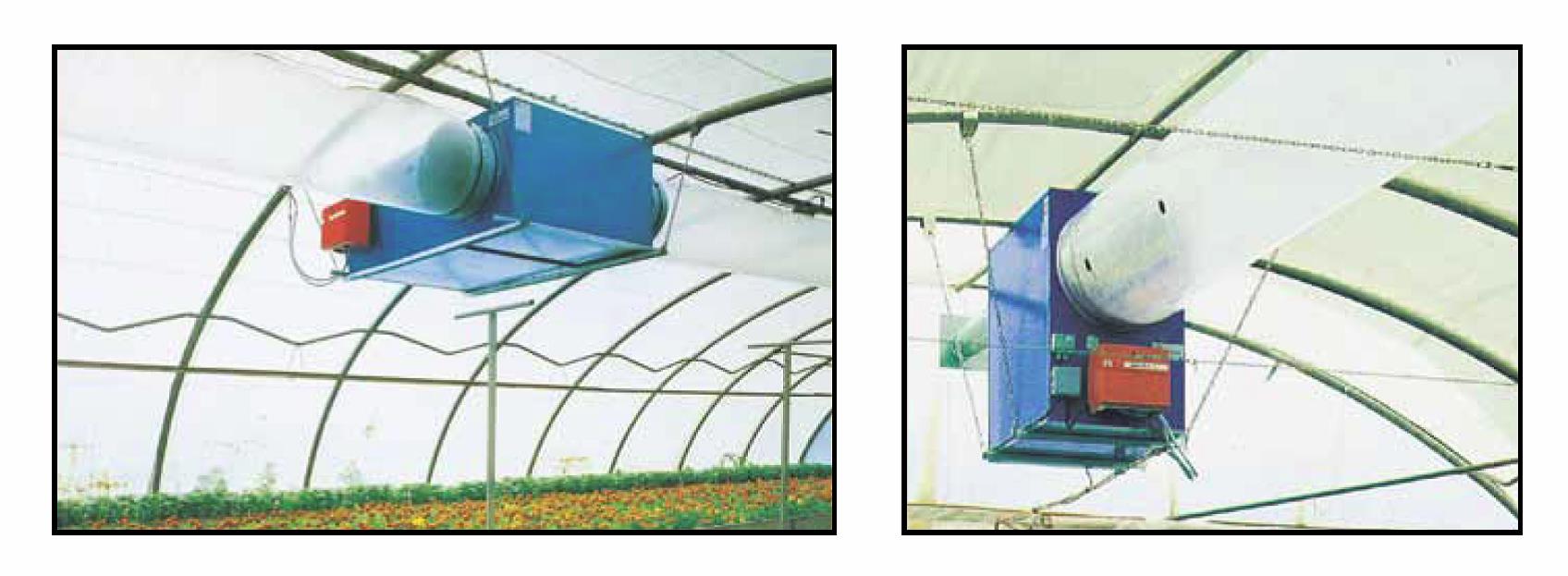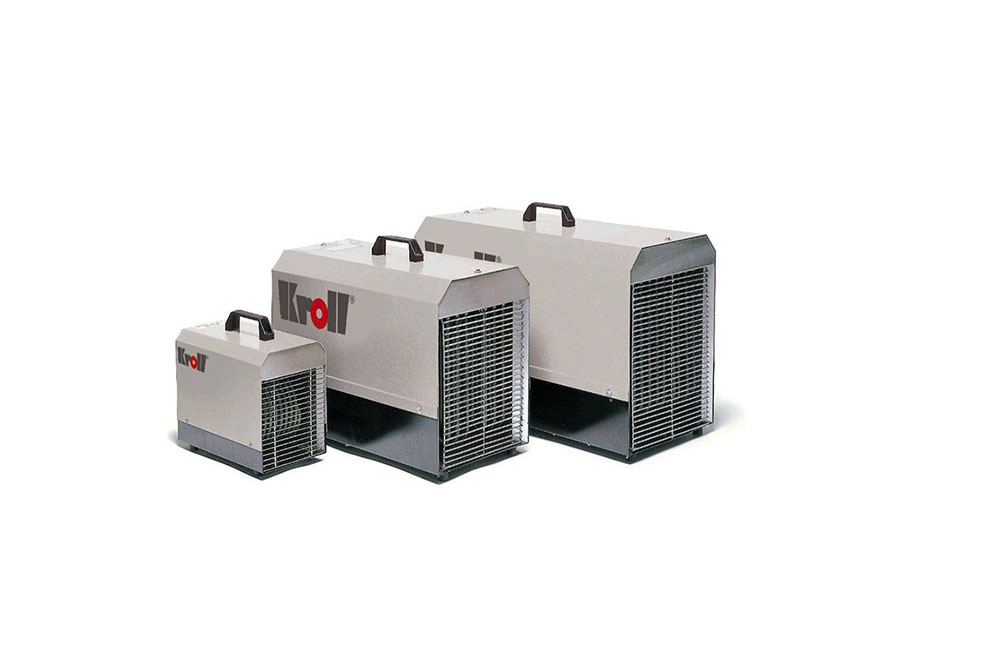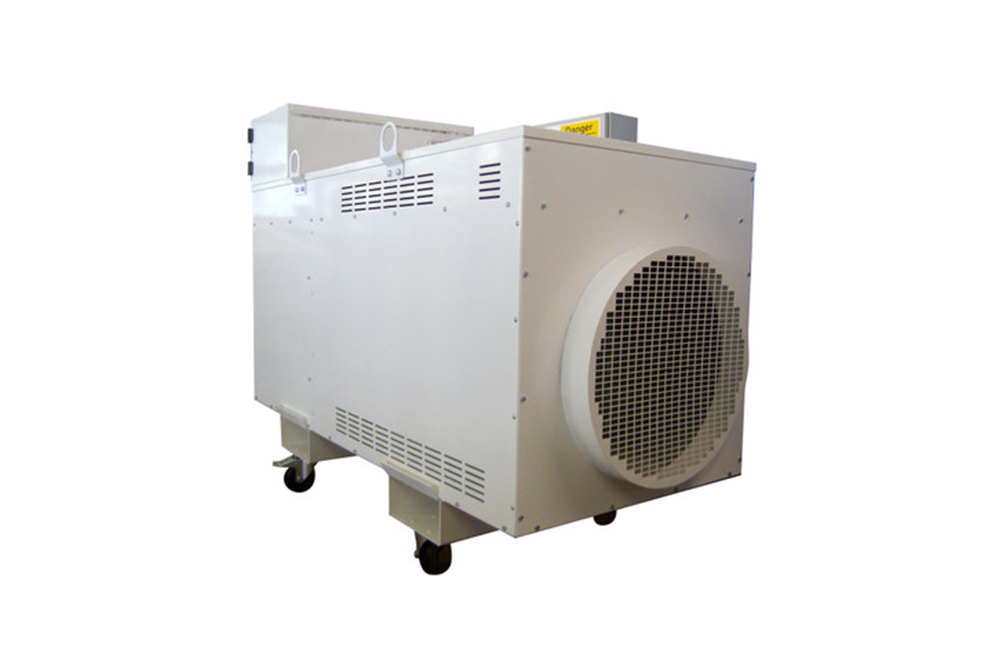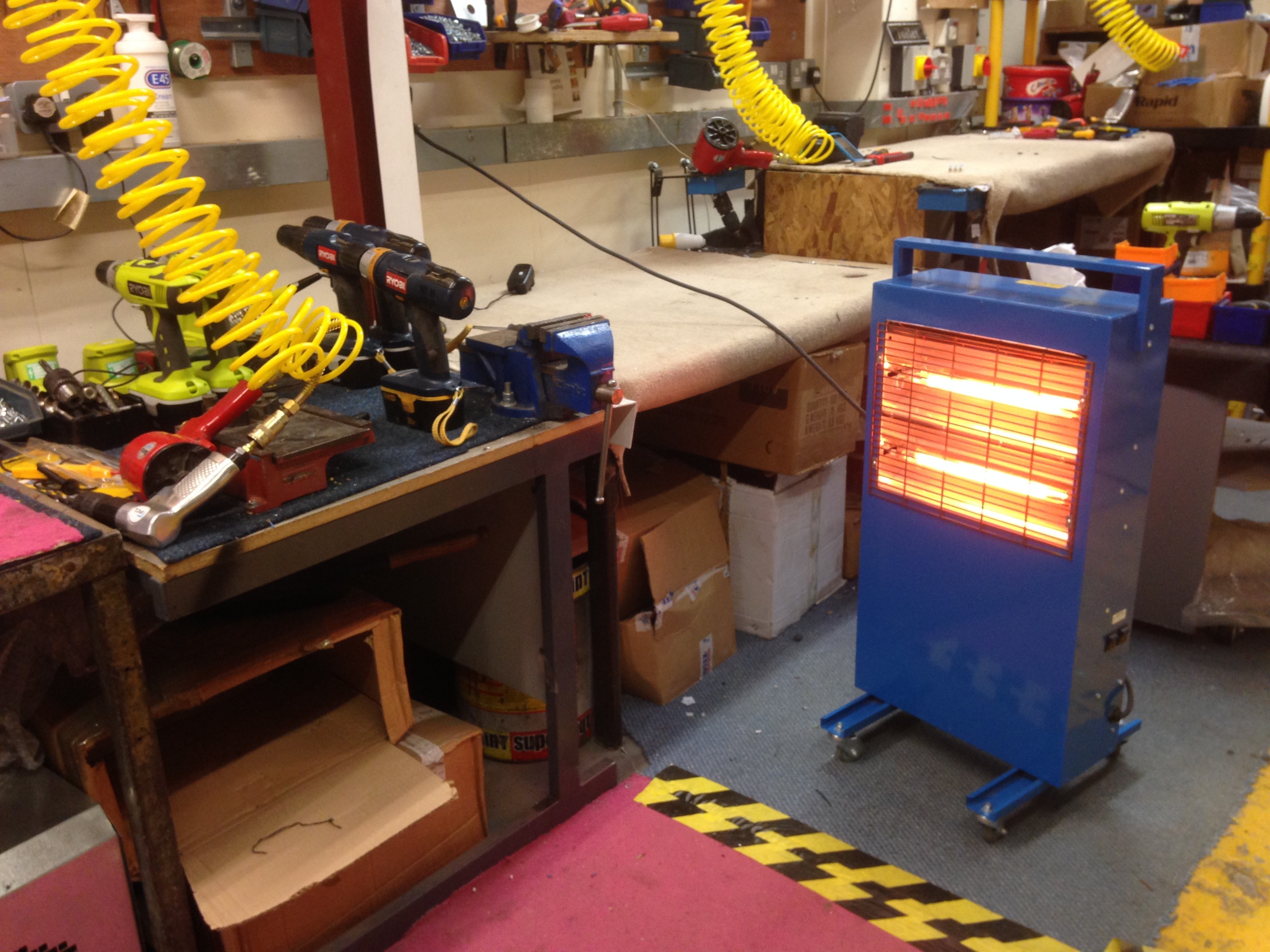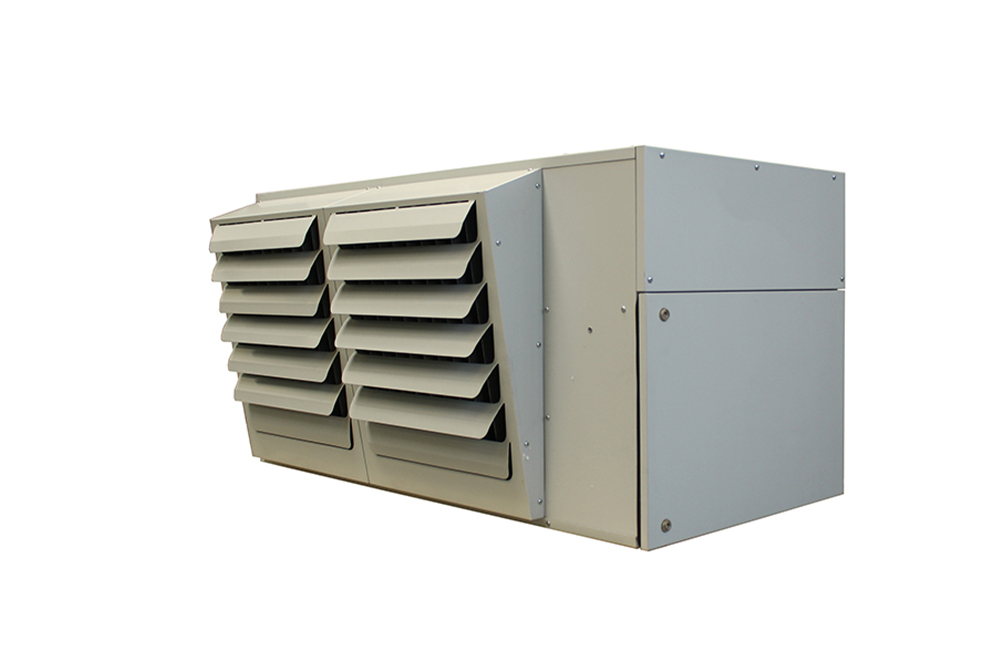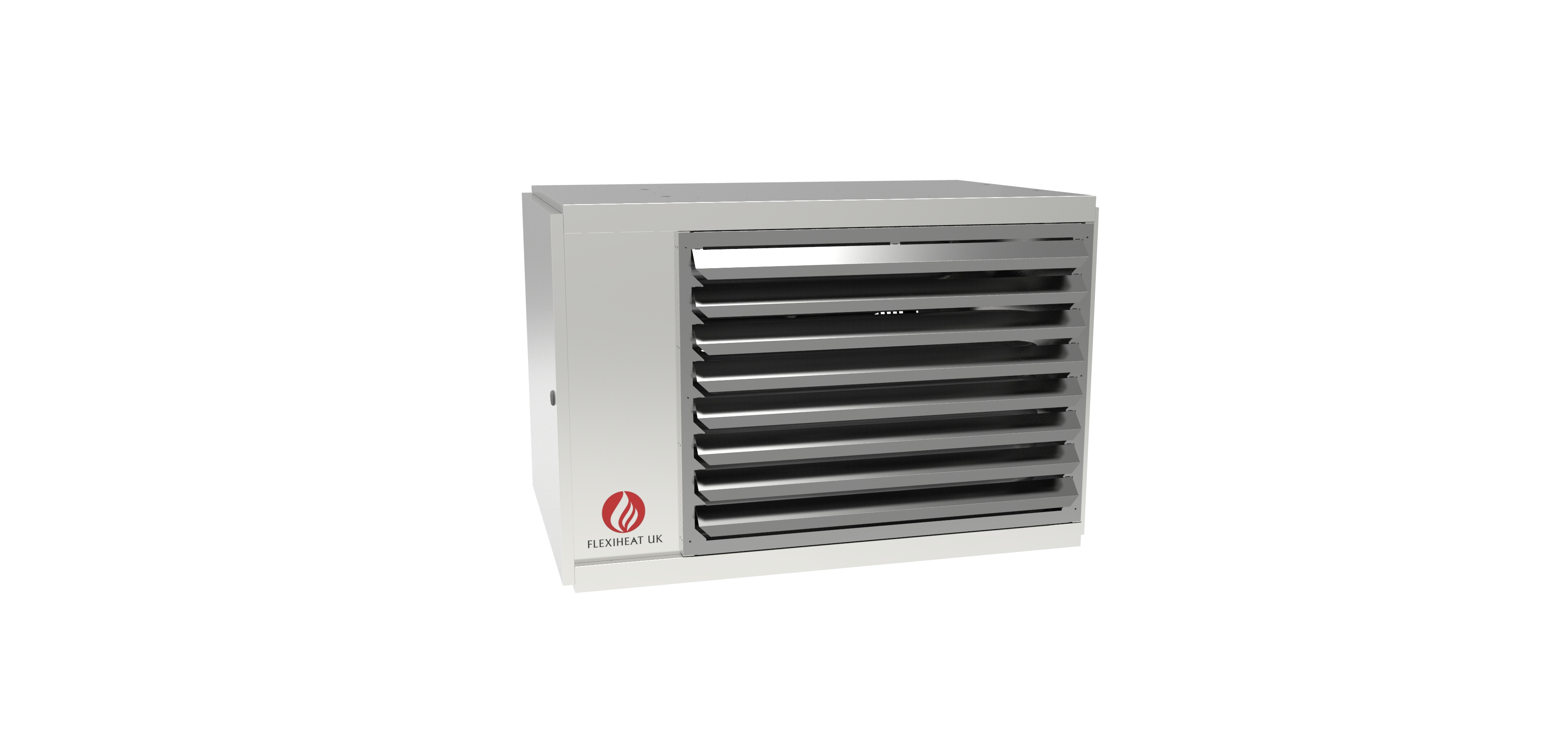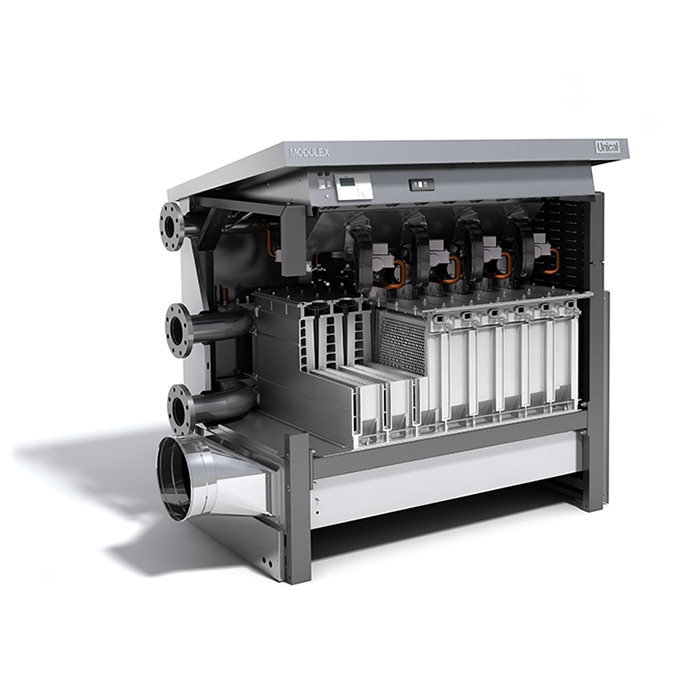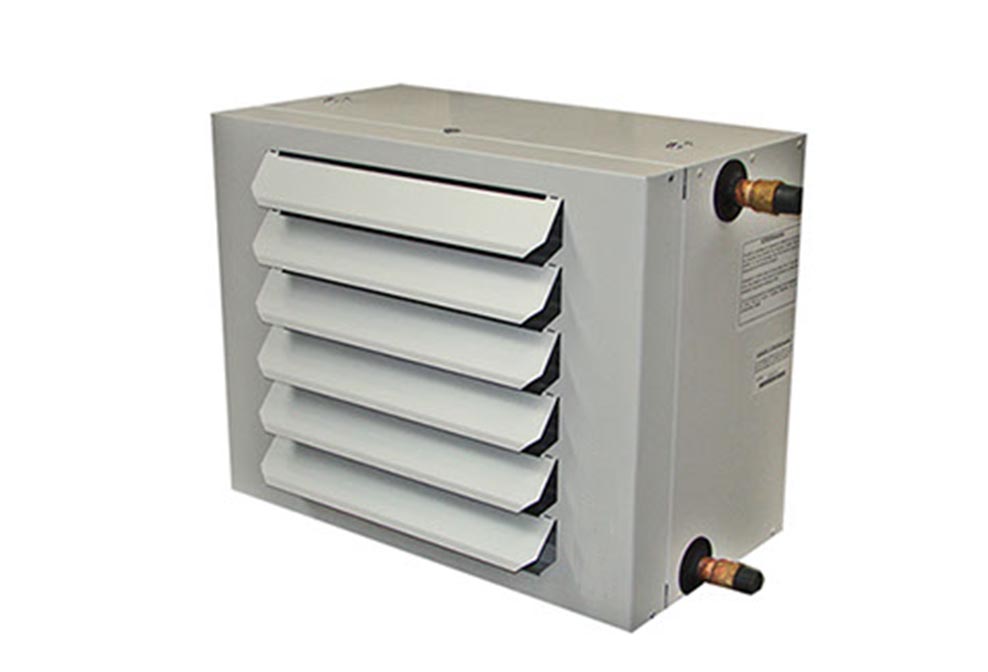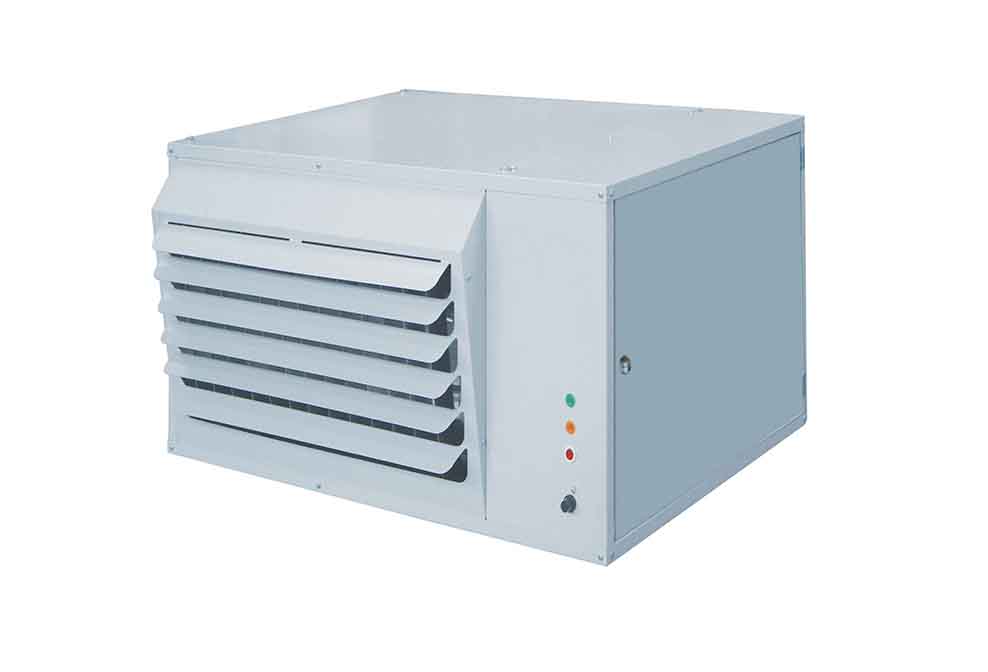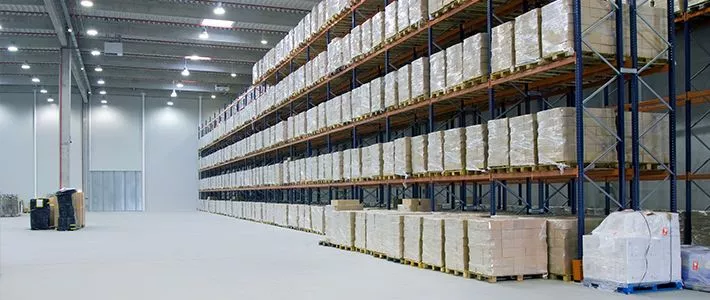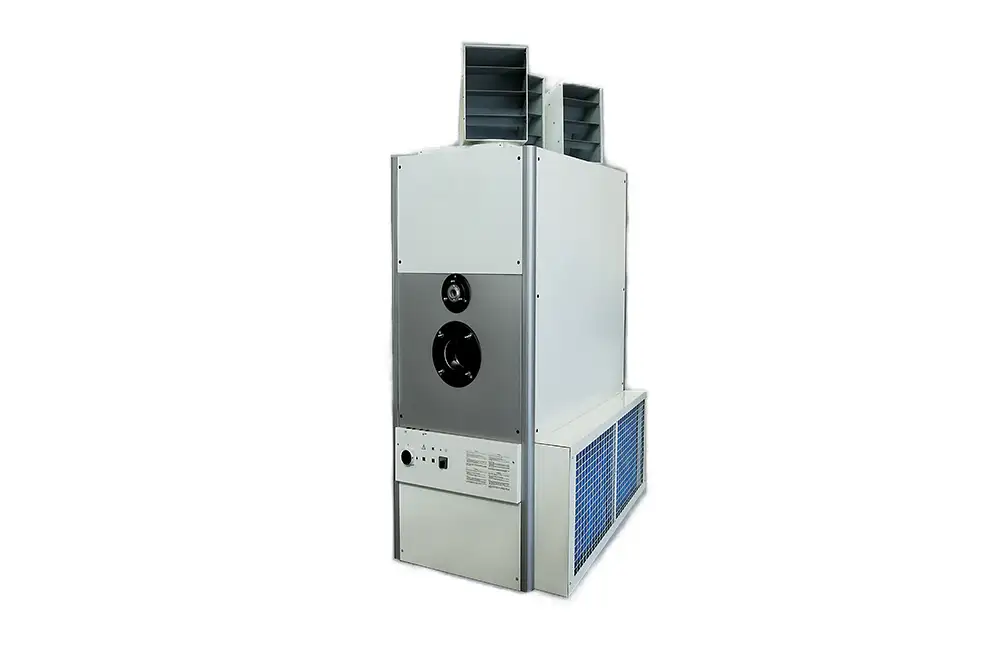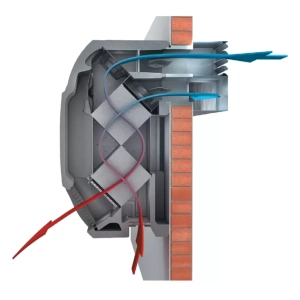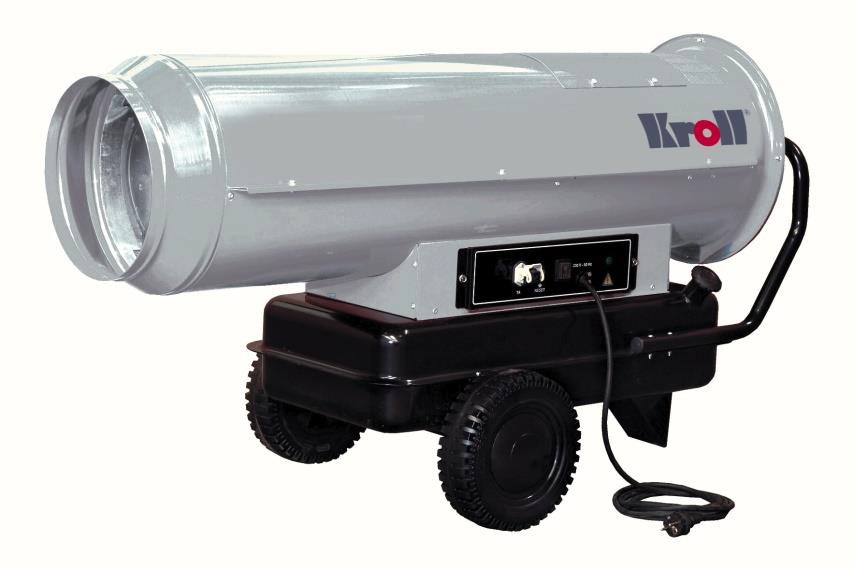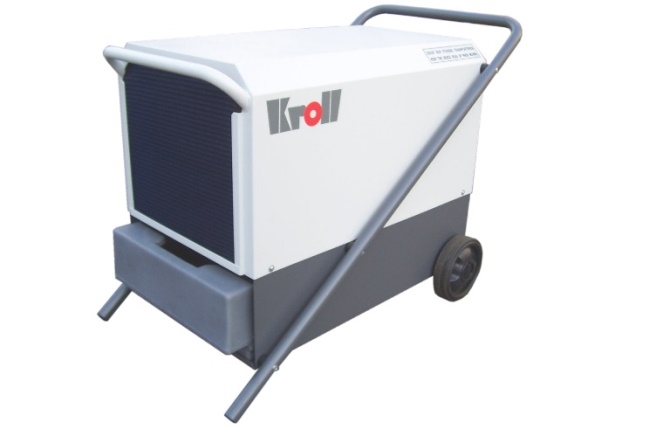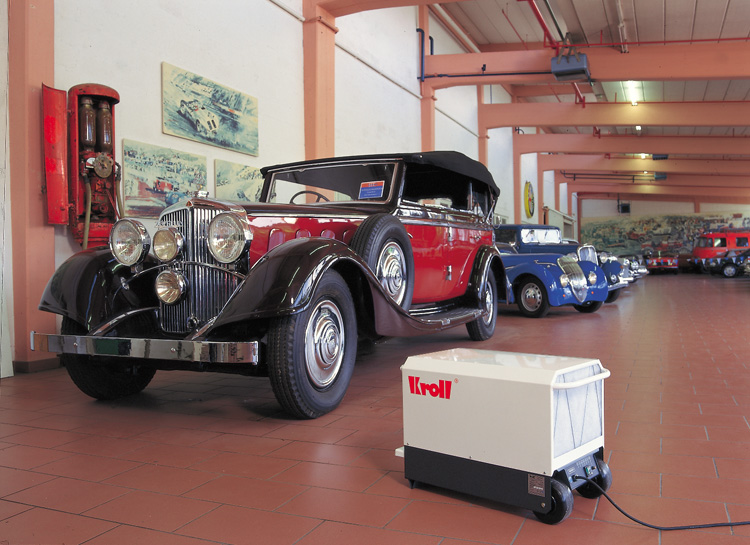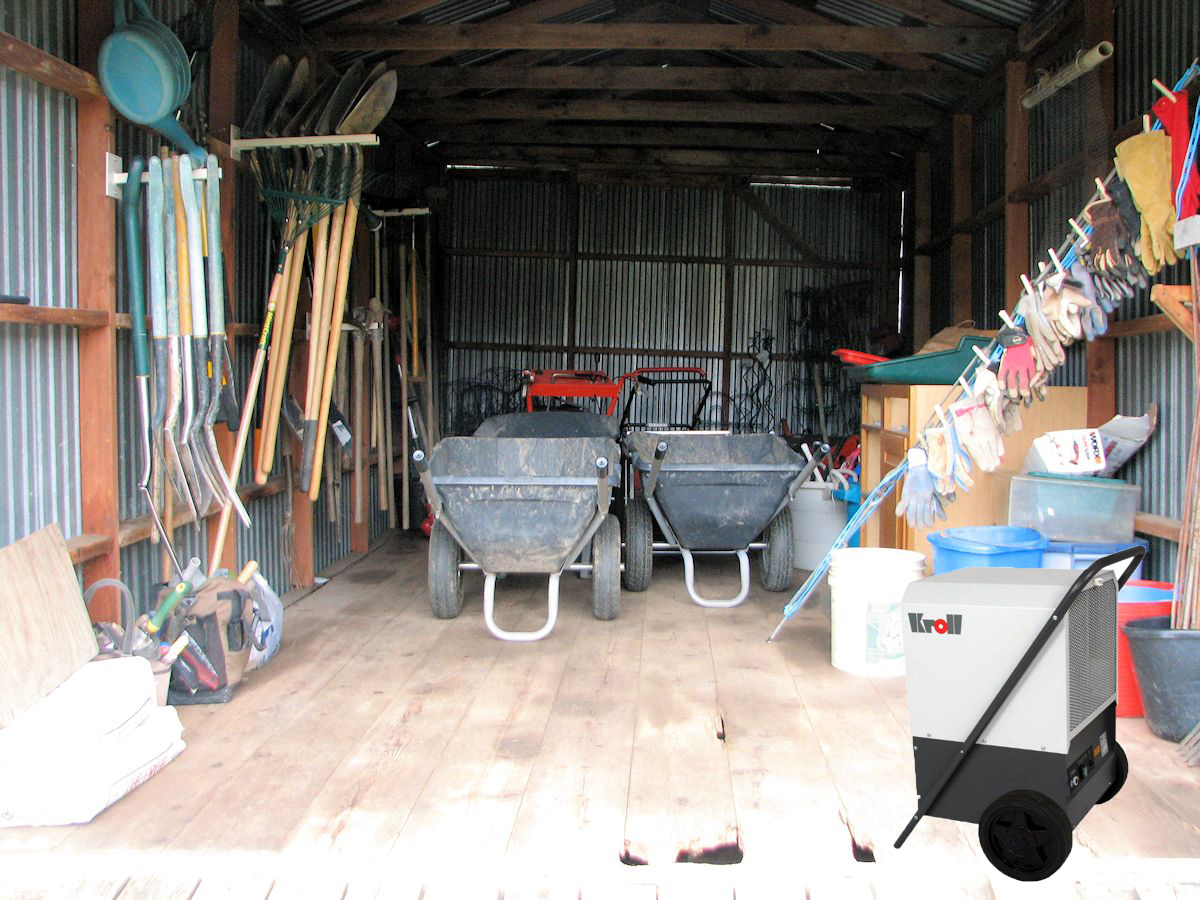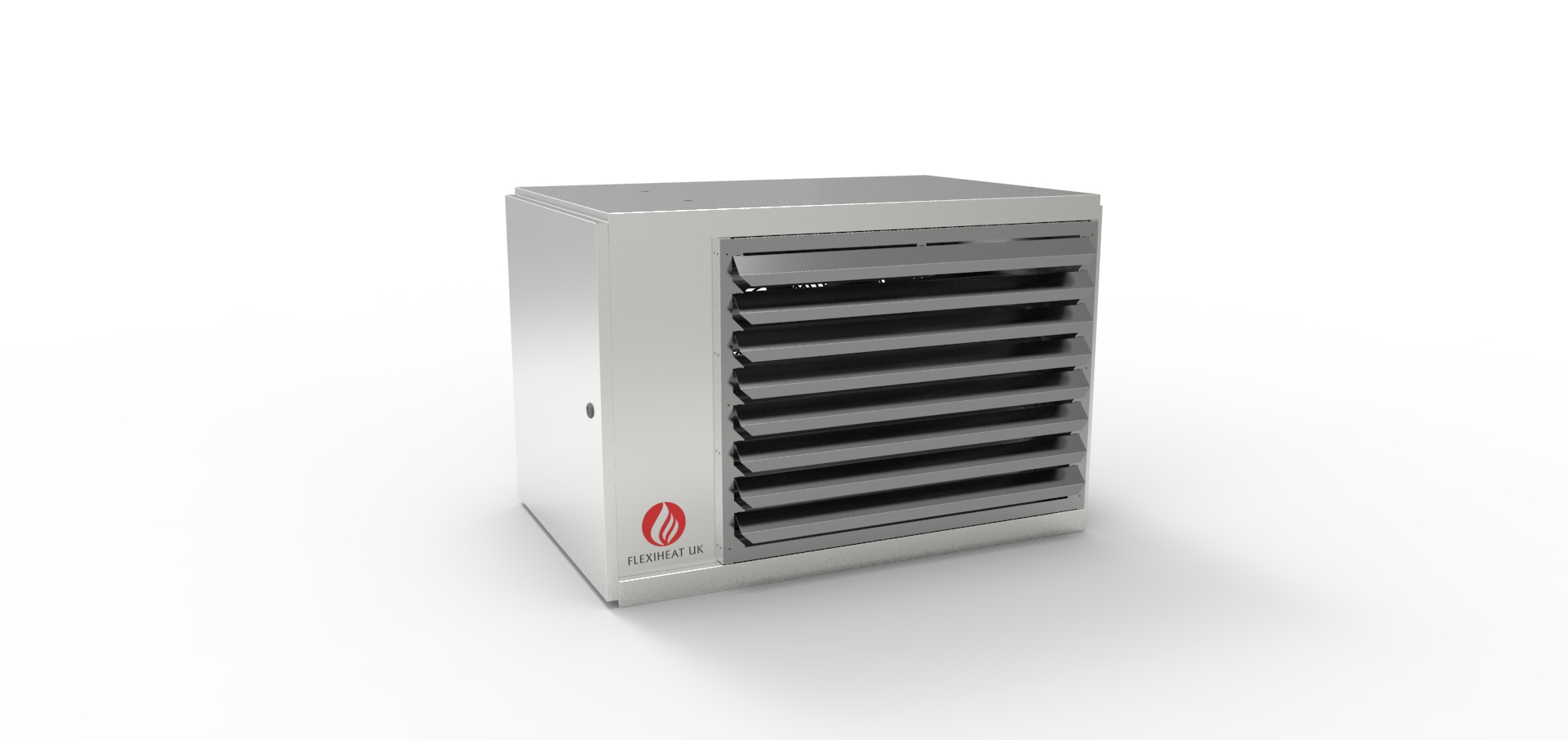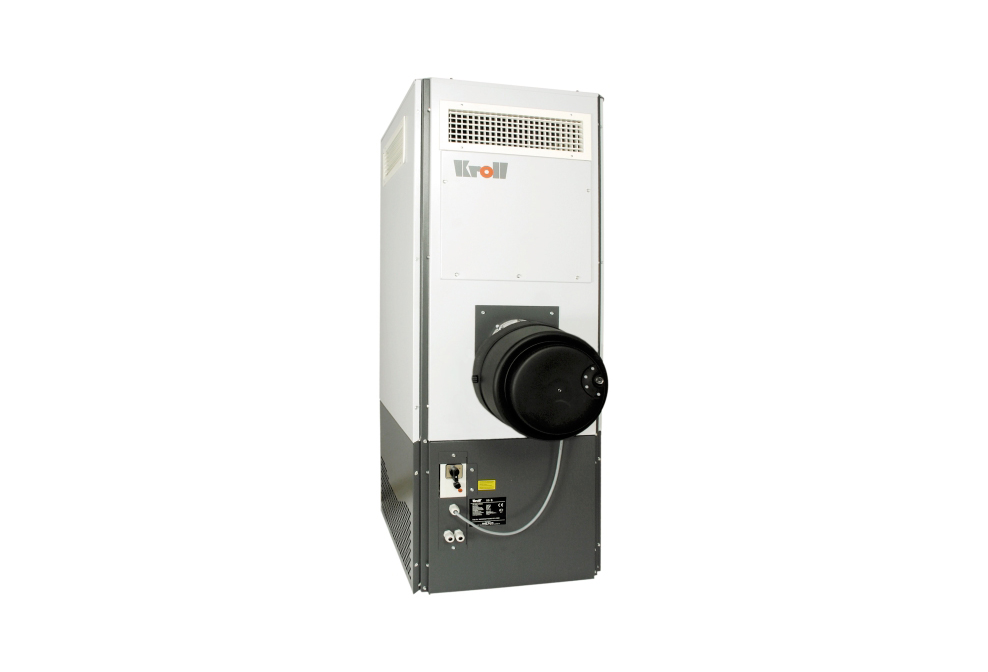German Electric Heaters – From Flexiheat UK
With the rising costs of gas and oil, we are more and more looking for ways to cut back on heating bills without sacrificing comfort. German electric heaters are a reliable way to heat the areas of a house, apartment or business unit you use the most, without wasting energy trying to heat your entire building. When looking for the right model, consider the advantages an electric heater can provide.
Our range of German Electric Heaters are well engineered being built in the southern area of Germany, which is synonymous with manufacturing excellence. The units are built to an extremely high standard and are some of the most energy efficient and safest models on the market. If you really think you can benefit from an electric heater in your home, garage, or the office this is the type you should get.
As the saying goes, “you to get what you pay for”. That is why, we strongly recommend paying that little bit extra for a German made heater to give you peace of mind with its high standard of construction.
Our German factory offer a nice range of electric heaters, from a 3kW model up to and 18kW model. The 18kW model has a version that has high temperature capabilities, allowing it to thermostatically controlled up to 70°C. This German made electric heater unit is perfect choice for use in the heat treatment, pest control industry.
We have found that our 3kW German made unit, after prolonged continuous use, can actually pull 13.1A. We have two options for this. The first being we can supply a dedicated Euro to UK plug adapter, which prevents this or alternatively you can purchase our UK built FF3 unit, which we do not have this problem with. This would be supplied with a standard UK plug.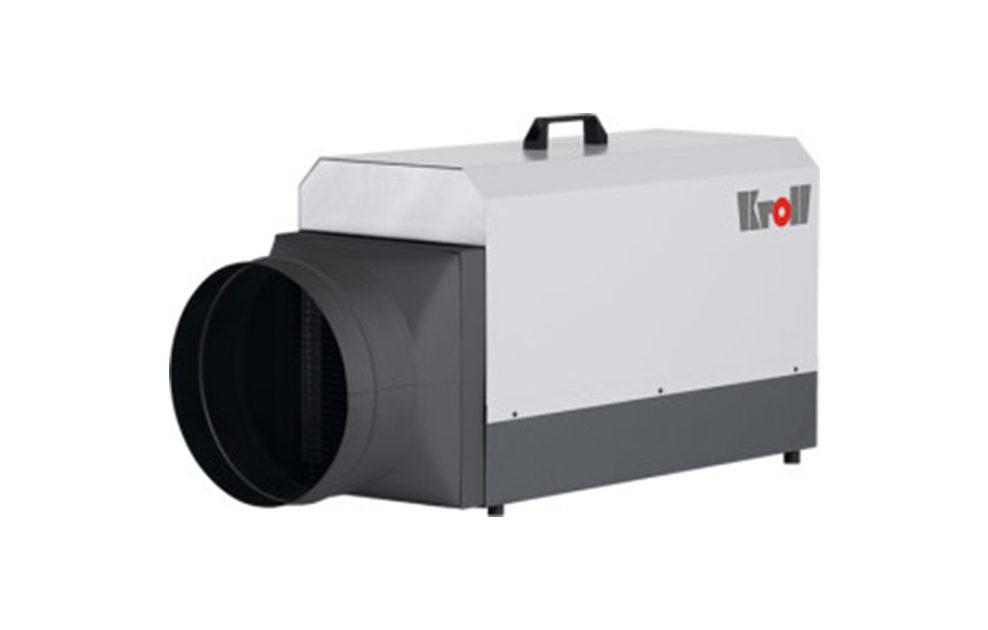
Why choose to go down the electric heating route
There are several options for heating a room. However, not all options are a practical for some properties. In addition, not all locations have the same energy sources, so that a choice must always be made. For example, for a property without access to mains gas, one can opt for an oil heating system. What if this property is too remote for regular deliveries? Then a great choice or the perfect balance is to opt for electric heating.
We are not talking about electric radiators here, which are wall mounted, supplying radiant heat and an element of convection heat, and tend to be storage heaters that use an electric heating element to create heat retention by warming up bricks or other thermal materials to store the heat until required.
Our German electric manufactured warm air heaters warm the cold air directly, unlike storage heaters, which use heat retention and require a charge up period, which means you’re always trying to predict tomorrow’s weather. With our units, if it’s cold, you put them on and they heat the surrounding air; if it’s not, you don’t—it’s as simple as that. You only use energy when it is needed! unlike storage heaters ( electric radiators) which use a heat retention system – that stored heat is often not required and thus wasted – that’s why we don’t consider these efficient electric radiators.
Below are just some of the benefits of using one of our German electric heaters; –
Clean and green – an electric heater, unlike oil or gas gives off no emissions. They are 100% energy efficient; converting every bit of the input energy to heat. They also reduce environmental impact compared to other fuel types:
No installation costs – these Electric Heaters do not require any installation. You only have to plug the plug into the socket and the device is immediately ready for use – a DIY installation as such, unlike wall mounted units.
High efficiency – an electric heating system is very efficient, because the electricity used is directly converted into heat – there is no wasted energy as they are 100% efficient, which is good for lowering your energy bills.
Additional heating – electric heaters are ideal when the existing heating system is not sufficient or more heat is required in the short term. Moreover, they are the perfect solution in the transitional period, i.e. in spring and autumn, when the temperatures are not so low that the central heating must be switched on
Safe to Use -Electric heaters are distinguished by different safety features such as overheating protection, with a thermostat to ensure full control of the temperature and come with a powder coated covering.
Portability – electric heaters are extremely versatile and more practical in different situations than other heaters. Therefore, they are often preferred by electric heating company or installers.
Quiet and discreet – with the exception of the fan, electric heaters have a very low noise level, therefore making them ideal for smaller rooms heating solutions.
Zonal Heating – because of their mobility, an electric heater is perfect for specific areas that require temporary or permanent heat for commercial properties.
Make life easy for yourself, with our German manufactured electric heaters, in most instances all you need is a power socket. However, for larger areas three phase models are also available giving large volumes of heat. There are no exhaust gases or smells – just large volumes of safe, fume-free heat. Electric heaters are ideal for virtually any location including
- Offices
- Shops and showrooms
- Hotels
- Garages
- Industrial units
- Classrooms
- Clinics
- Building sites
- Marquees and tents
- Storerooms
- Workshops
- Ships
- Switching stations
- Temporary accommodation
- Modular buildings
The amount of space an electric heater can take care of for you will vary. Make sure you read do plenty of research before you buy one. Generally, this information will be displayed in square metres. You can easily calculate the square metres of a surface area by multiplying the length of it times the width, but this is the incorrect method , as you heat a cubic volume , thus you need the ceiling height to get the overall cubic volume to calculate the heat loss of the area – call us with this information- and we’ll run it through our heating calculator size programme to ensure the correct size German electric unit for both you or your happy customers.
You will find that many of our models of electric heaters also are very nice looking. They aren’t going to stand out like a sore thumb. Many of them are very small in size but you will be surprised at how much heat they are able to emit for you. They also take very little time to heat up so you won’t be waiting in the cold for that warmth to start circulating in the room.
Our range of German manufactured electric heaters can definitely offer you the additional warmth that you desire. With their in-built thermostat and two heat settings they will certainly save you energy as well with this high quality German engineering technology unit.
Should you require anymore assistance, information or a price on our range of German Electric Heaters , please don’t hesitate to call us on 01202 822221 or click here for our email contact form.
